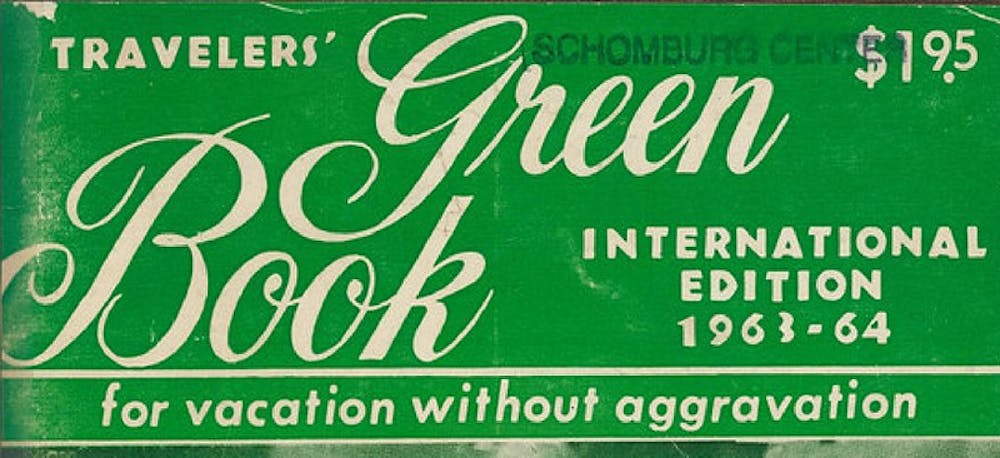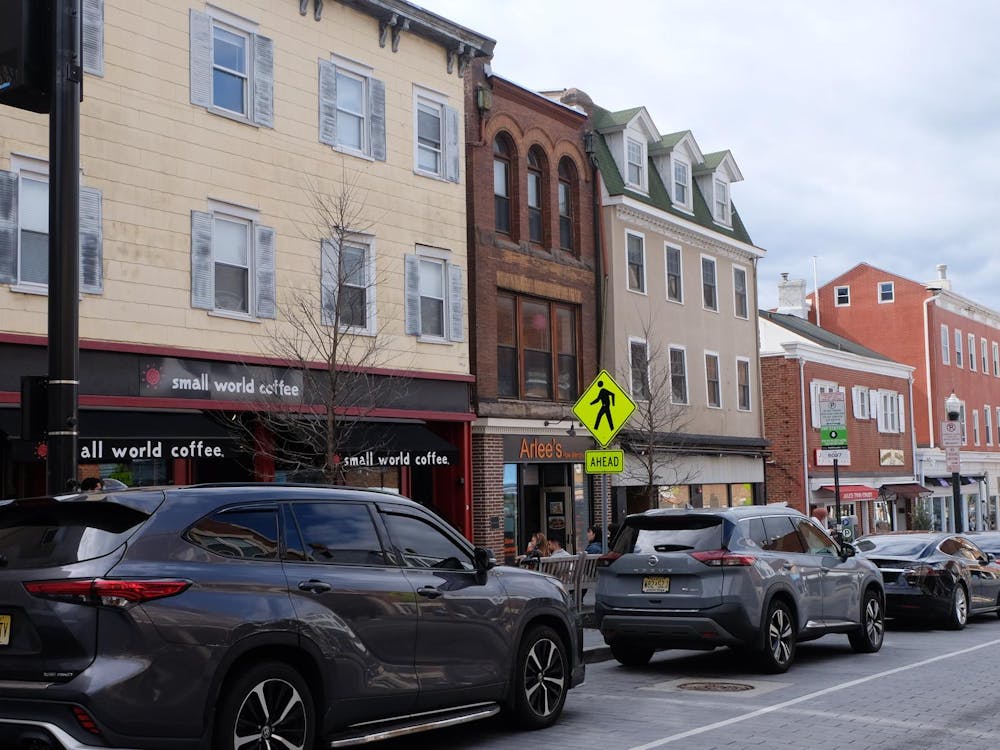Hollywood blockbuster “Green Book” immediately sparked controversy following its Best Picture win at the 2019 Academy Awards. The film tracks a budding friendship between black musician Don Shirley, played by Mahershala Ali, and white Italian American driver Tony Lip, played by Viggo Mortensen. And though it is a heart-warming story good enough to win the Oscar, Don Shirley’s real-life family has levied accusations against the makers of the film, claiming that they were never consulted and that the relationship portrayed between Shirley and Lip is fictional.
But director of a different Green Book film Yoruba Richen, speaking at the Princeton Garden Theater following an April 2 screening of her documentary “The Green Book: Guide to Freedom,” saw the good in the narrative movie: it “worked well to bring attention to this film.”
Richen’s documentary, which was released the day after the Academy Awards, is a far cry from the Hollywood flick “Green Book.” Using archival footage of everyday black life as well as interviews with contemporary African American scholars and activists, Richen tells the story of Victor Green’s “Green Book” — a guide created by and for black Americans to enable safe U.S. and international navigation throughout the twentieth century.
Unlike the Hollywood film that mentions the book a grand total of twice, Richen’s film illustrates the ubiquitous nature of the “Green Book” from the early 1900s until desegregation, demonstrating it to have been a staple for African American travelers.
Take Route 66, the highway extending between Chicago, IL, and Santa Monica, CA.
Though this road is often remembered as a symbol of American freedom — the good old days when you could hop in the car and drive until you hit the ocean — this was a primarily white reality. According to the documentary, there were large numbers of car crashes involving African Americans on the Route attributable to fatigue, since drivers were unable to find safe places to sleep. The “Green Book” allowed African Americans to navigate the Route fraught with “Sundown” towns — all-white neighborhoods in which people of color were forced to leave by nightfall or risk violence — so as to get full nights of sleep and reach their destinations in one piece.
The Hollywood blockbuster “Green Book” drew Richen’s ire for playing into the misconception that racism only existed in the deep South, the book lying untouched in all other circumstances. Despite not going south of the Mason-Dixon line, the documentary states that 44 of 89 counties along Route 66 contained Sundown towns.
Richen was further irritated that the two “Green Book” listings showcased in the movie are “run-down dumps.” Experts within the documentary consistently laud the “Green Book” and the listings within it as great feats of black entrepreneurship.

Businesses — an astounding number of which were owned by women — ranging from the historic A.G. Gaston motel in Birmingham to Motel Simbeth in South Carolina are highlighted throughout the film as thriving enterprises. For example, in the documentary, Idlewild, MI, is shown in all its glory as a black resort spot and “Green Book” listing that flourished year-round. Richen wanted, “as much as possible, to tell the stories of places where African Americans went for recreation and pleasure,” cutting the overarching narrative of hardship with scenes of African-American community and everyday life.
Richen carries the story of the “Green Book” into the present by highlighting the work of Brent Leggs, director of the African American Cultural Heritage Action Fund at the National Trust for Historic Preservation. Given that shortly after integration many of the black-owned enterprises in the “Green Book” shut their doors due to increased competition, only a fraction of the listings remains today, the majority having fallen into disrepair. Seeking to preserve the sites relevant to African-American history, Leggs is working to make sure “Green Book” listings are not going ignored. The A.G. Gaston Motel, for instance, was designated a monument by President Obama in 2017.
Richen’s work is informative, personal, and poignant, bringing home the importance of remembering the “Green Book,” the history that made it necessary, and the black-owned businesses it showcased. And maybe it doesn’t have an Oscar, but it preserves a history that the actual award winner uses as little more than a title and a decoration in the passenger seat.
In the words of Dr. Henrie M. Treadwell, who herself integrated the University of South Carolina and acted as a key voice in Richen’s film, “If you don’t see the history — if you don’t see where it was — how do you know it happened?”

Richen’s film “The Green Book: Guide to Freedom” is streaming on the Smithsonian channel.








